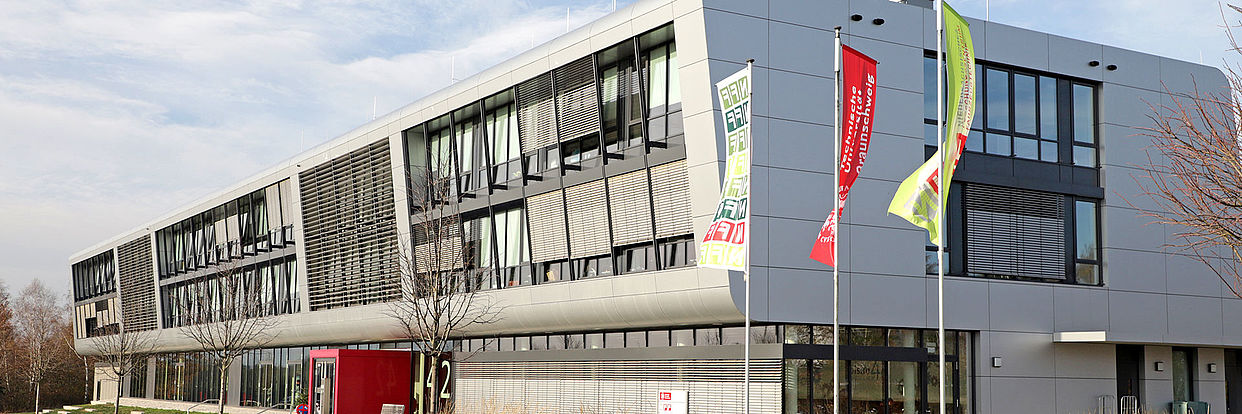
The distribution of public space for the different users gains importance. Automated vehicles will have to fit into mixed traffic with pedestrians, cyclists and conventional vehicles and thereby change the boundary conditions for all road users. The current socio-political debate includes the question of the risks for pedestrians and cyclists created by high and fully automated driving and what effects different safety measures will have on the quality of the traffic flow in cities.
The objectives of the research project are to investigate and assess the interactions between the risk of selected critical driving functions of automated vehicles and the performance of typical urban transport networks, which are methodically assessed in relation to the willingness to take risks in order to create a reliable basis for public discussion.
The analysis of a motion model in the simulation environment MODIS (Multi-Modal Intersection Simulation) allows to evaluate different degrees of risk and the performance of the overall system by means of an integrated variation of driving functions of an automated vehicle. In addition, the Vehicle-in-the-Loop test vehicle and the driving simulator of the TU Braunschweig are used to investigate the reaction of automated vehicles to the behaviour of other road users.
A balance between risk and system performance will be crucial for the introduction of automated driving in urban environments. Using previously determined parameters for driving strategies that correspond to a specific risk, the simulation can determine the respective system performance for different demand scenarios.
The system performance refers to a selected area of a city and is determined for certain combinations of traffic demand and risk selection. A comparative evaluation of the different scenarios will allow an overall assessment of the interrelationship between system performance and traffic safety in automated driving. In this analysis the borderline cases (minimum risk vs. maximum system performance) will be considered.
In addition, recommendations for traffic planning and traffic management will be developed to support safety and performance to the greatest possible extent.